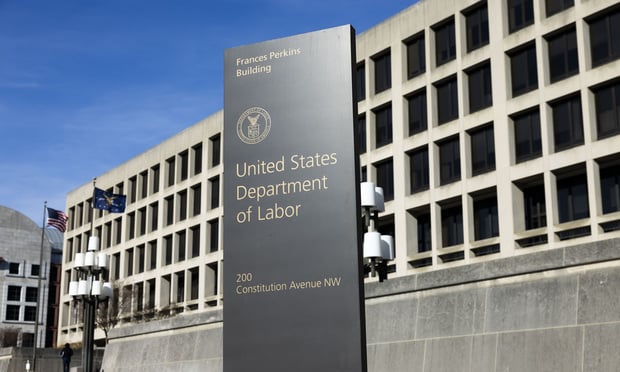Americans who've arranged health coverage through governmental exchanges could face dramatic leaps of pricing as early as next year.
According to the most recent projections submitted by the country's top insurance providers, state marketplaces from Oregon to New York might soon face rate upticks of more than twenty percent, and residents of Pennsylvania and Georgia may see the costs of their premiums skyrocket by more than a third above 2016 levels.
Few households will notice such price jumps directly. The Patient Protection and Affordable Care Act (PPACA) sought to protect individuals from the rigors of an untamed marketplace by guaranteeing federal funds to soften any undue financial hardships placed upon the consumer, but their availability depends greatly upon income and expenses as relates to a given region.
Representatives of the insurance providers have defended such increases as necessary balances to cope with unforeseen expenditures. They point to the substantial growth of both consumer usage of medical plans and the charges assessed by medical facilities. In addition, there are industry-wide concerns over the consequences that will follow the imminent disappearance of federal coverage for outsized medical bills currently subsidized through a temporary PPACA provision.
As well, many analysts believe the blame for corporate losses stems less from elevated expenditures than shrunken revenues. Since enrollment figures for younger Americans without significant health concerns have been markedly lower than anticipated, corporate executives contend that the actuarial models originally utilized to set rates no longer apply. At the same time, however, industry analysts believe higher individual costs would most likely further dissuade healthy members of the uninsured from shopping for coverage and thereby worsen the dilemma.
According to Teresa Miller, commissioner of Pennsylvania's State Insurance Department, care providers eager to corner the new market were initially "pricing their plans very aggressively trying to get consumers in, and, now that they have more experience, they're increasing the rates because they learned that those rates just weren't sustainable..."
Federal regulations demand providers maintain the monetary resources necessary to fund all potential treatment necessitated through existing claims. Nevertheless, public advocacy organizations concerned about the negative effects of sharply rising rates are pressuring state officials for price controls that would safeguard policy-holders.
Arkansas Governor Asa Hutchinson already threatened governmental scrutiny of the state's largest health care provider following the Blue Cross prediction of a nearly 15 percent jump in premium costs for plans involving more than 200,000 subscribers. BCBS representatives countered that the proposed hikes were wholly justifiable under ACA guidelines.
A May 25th press release from U.S. Health and Human Services spokesman Jonathan Gold urges caution. Gold emphasizes that these initial estimations represent "just the beginning of the rates process ... consumers will have the final word when they vote with their feet during Open Enrollment.”
© 2025 ALM Global, LLC, All Rights Reserved. Request academic re-use from www.copyright.com. All other uses, submit a request to [email protected]. For more information visit Asset & Logo Licensing.







